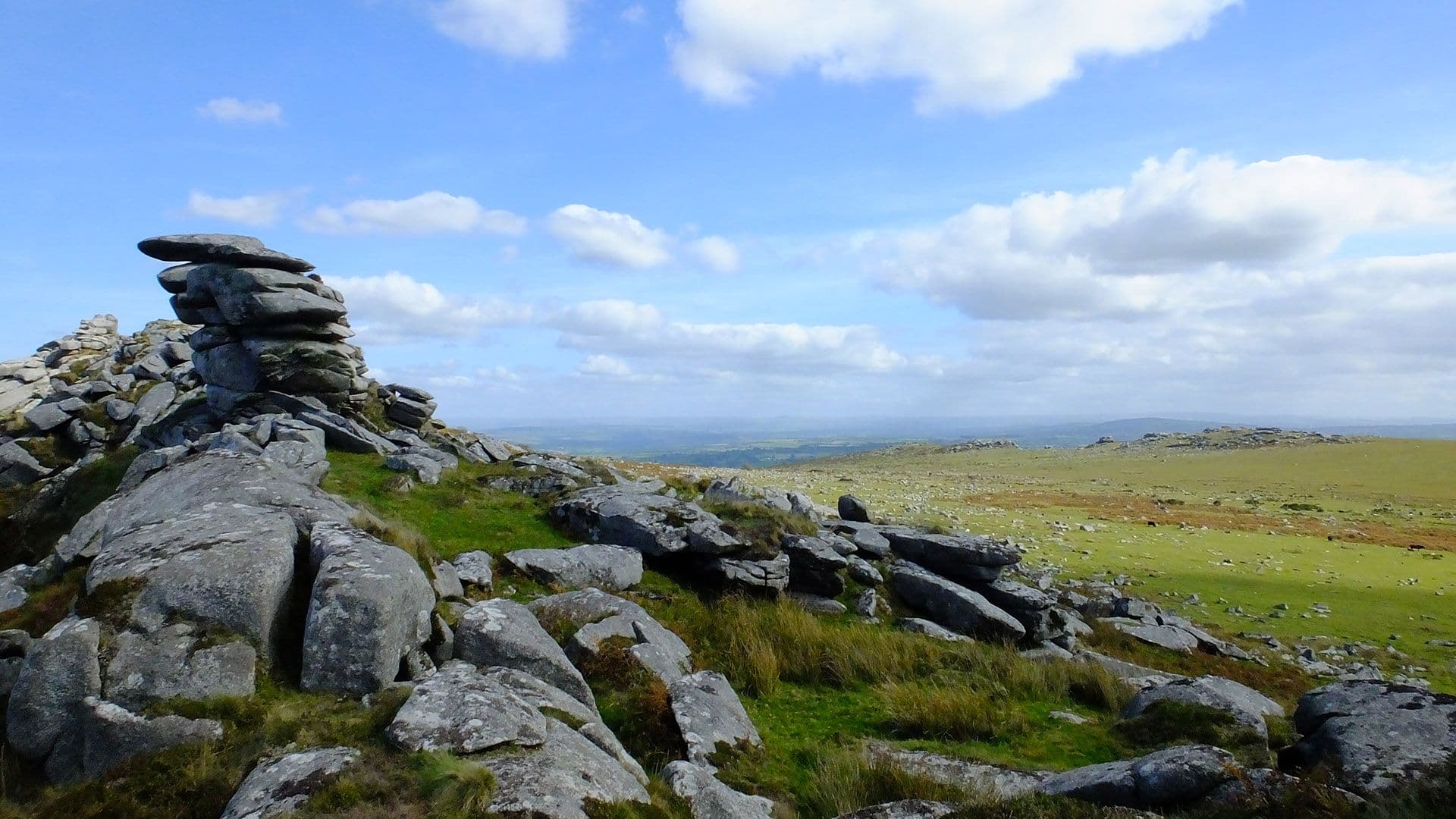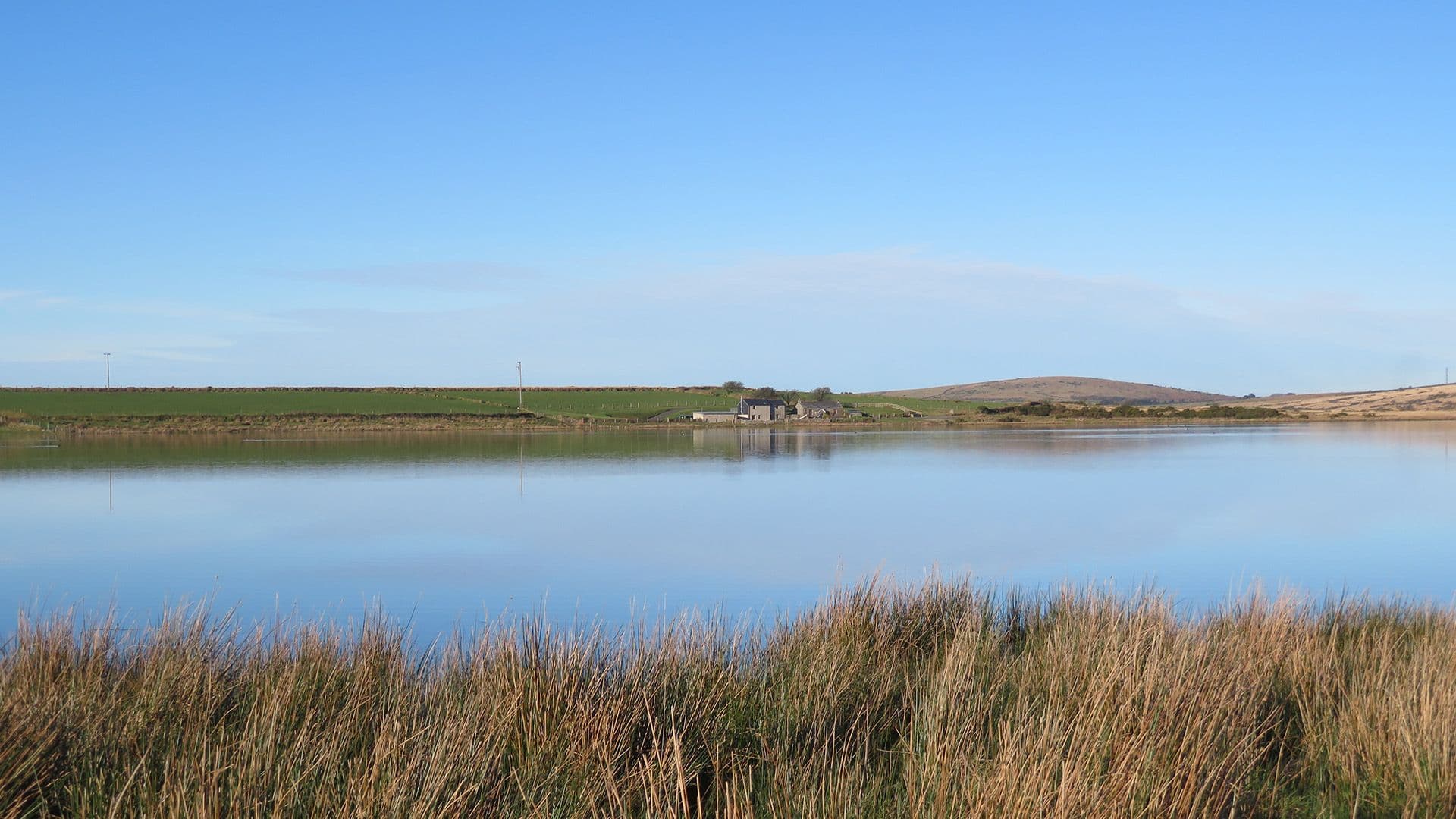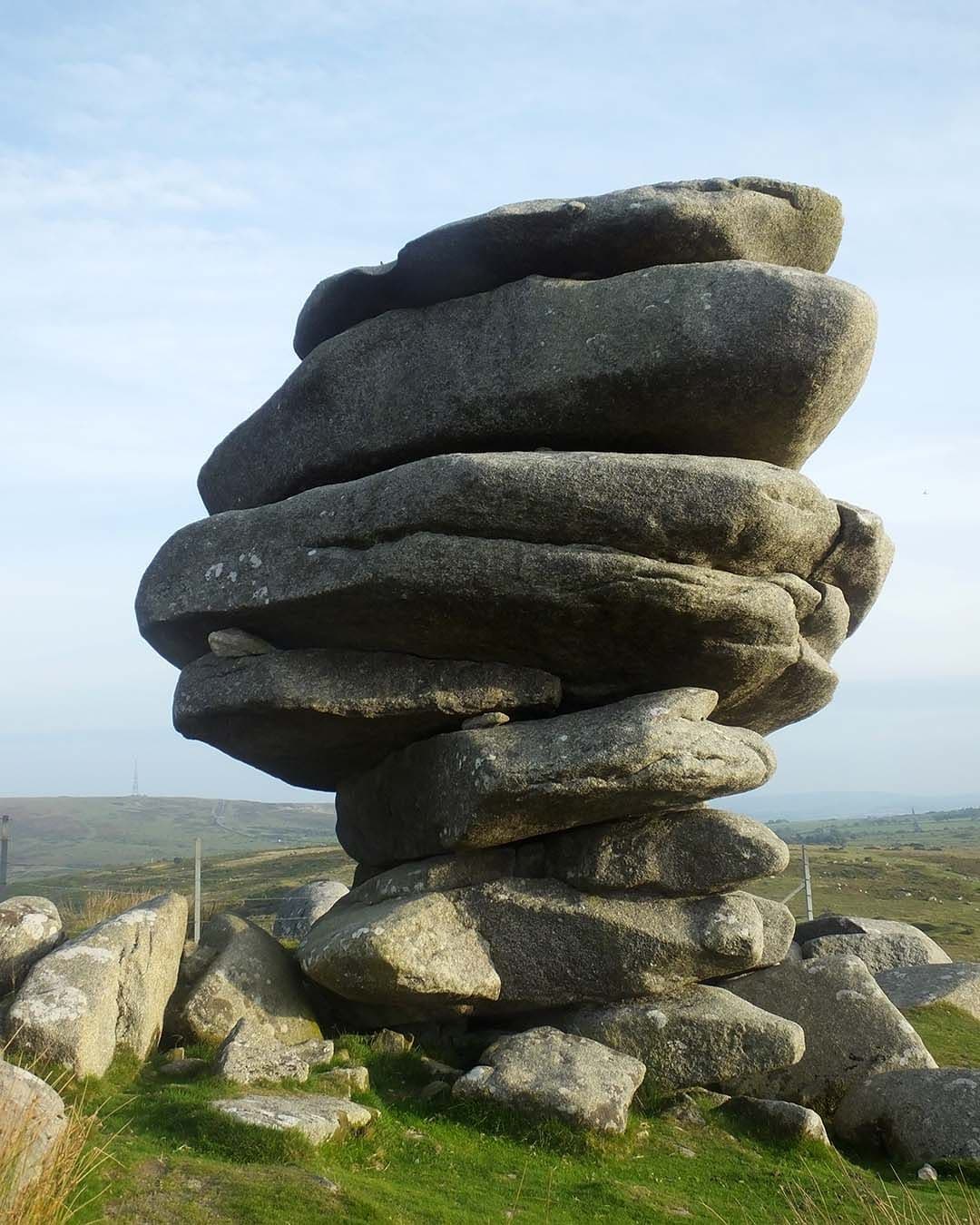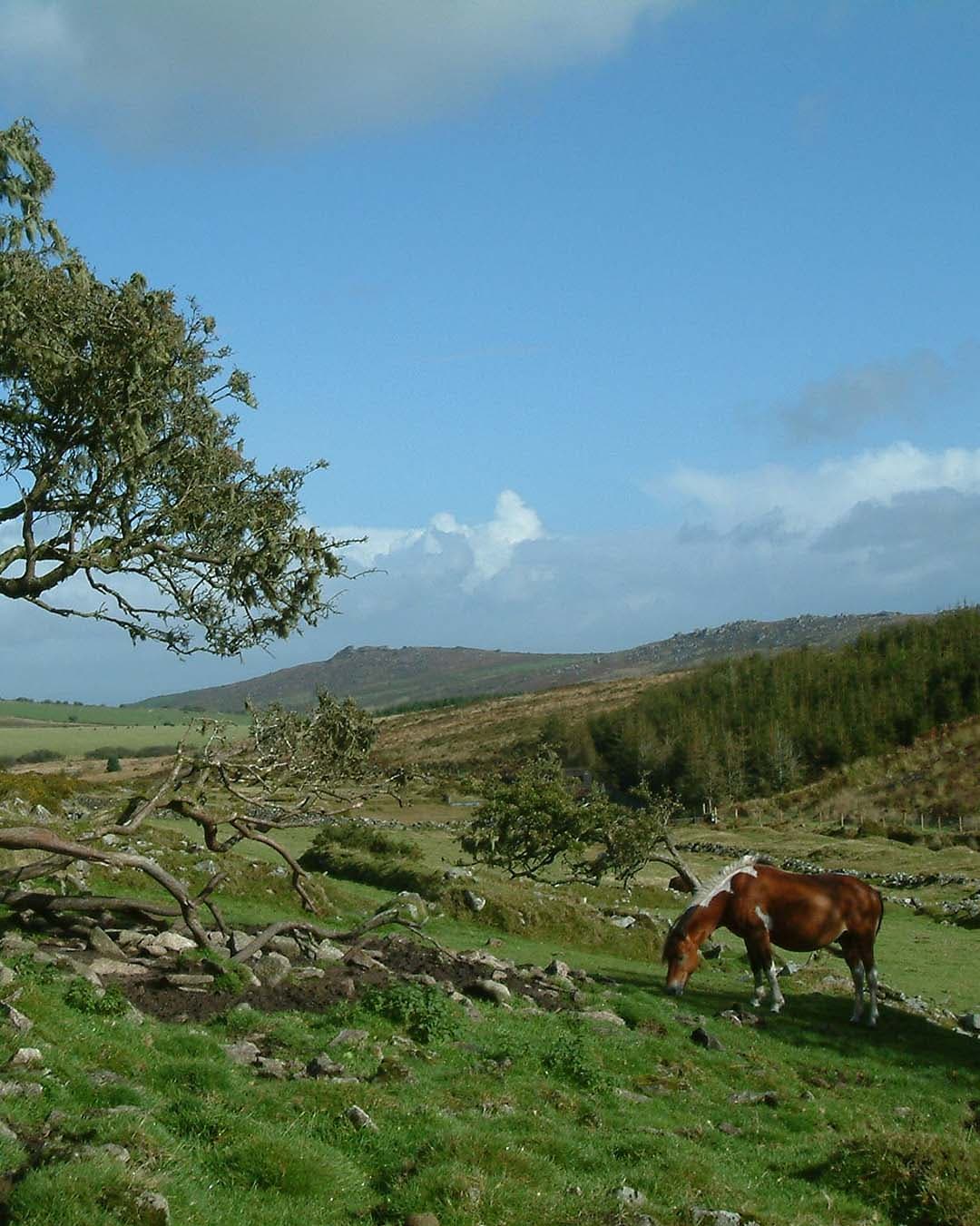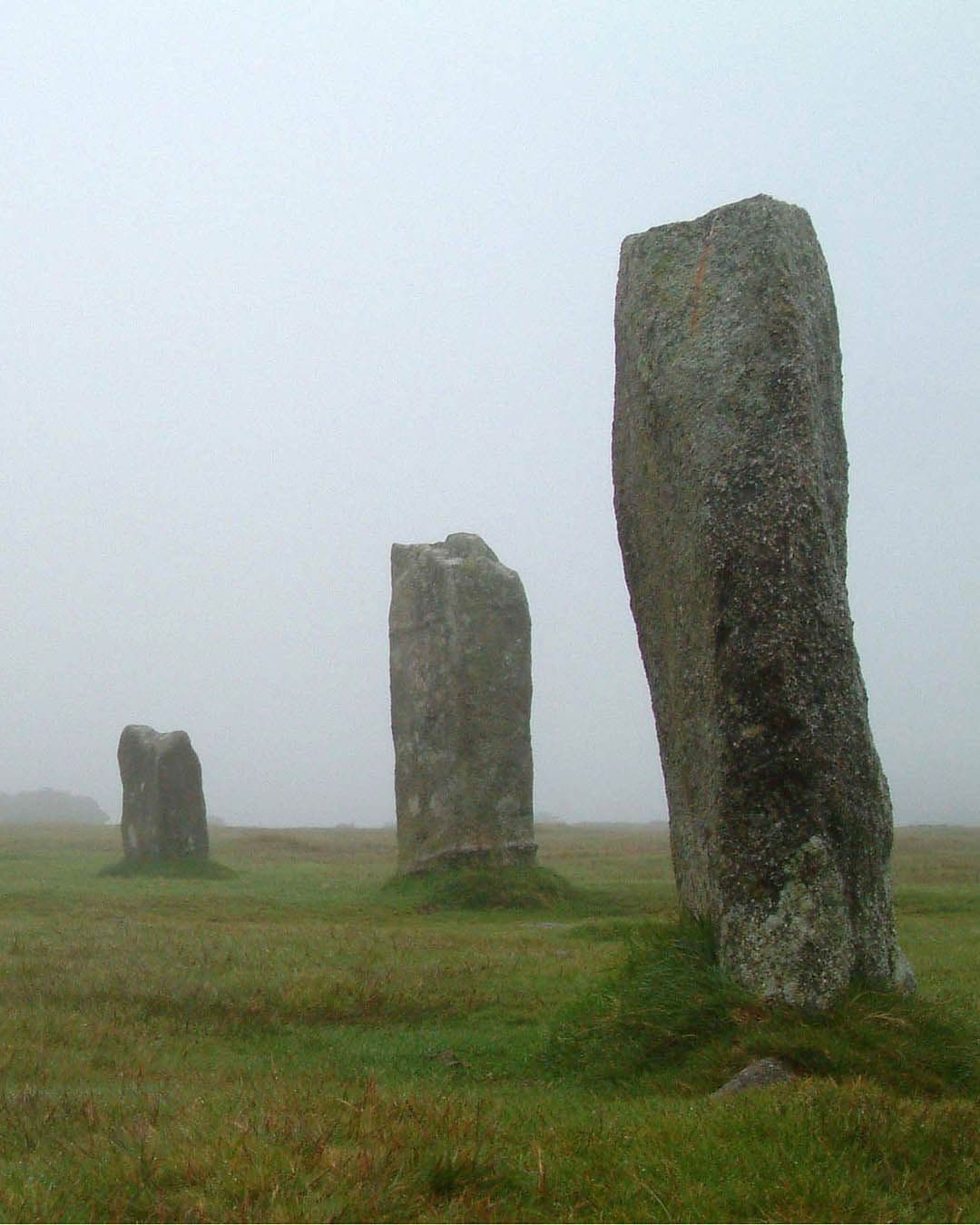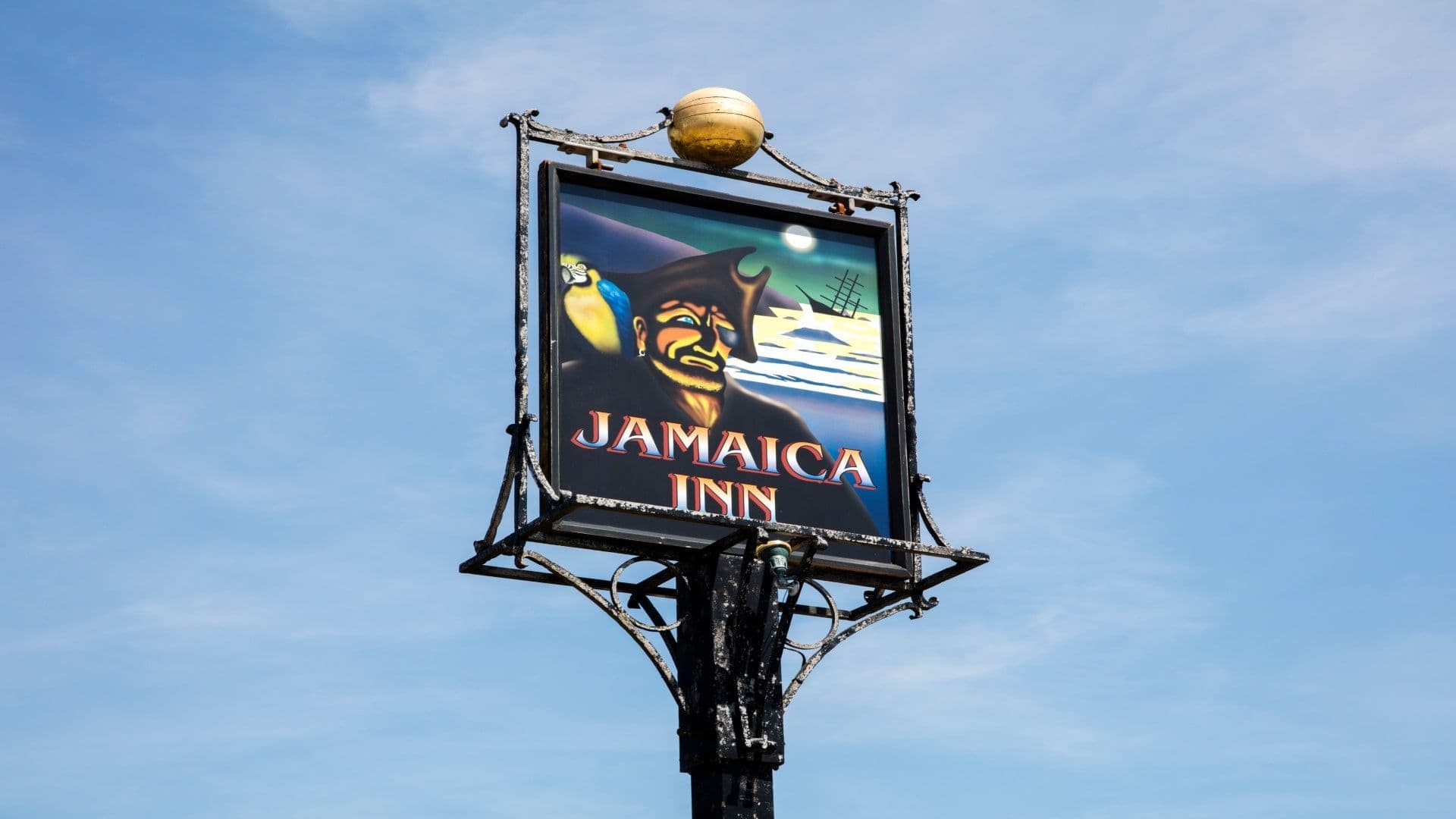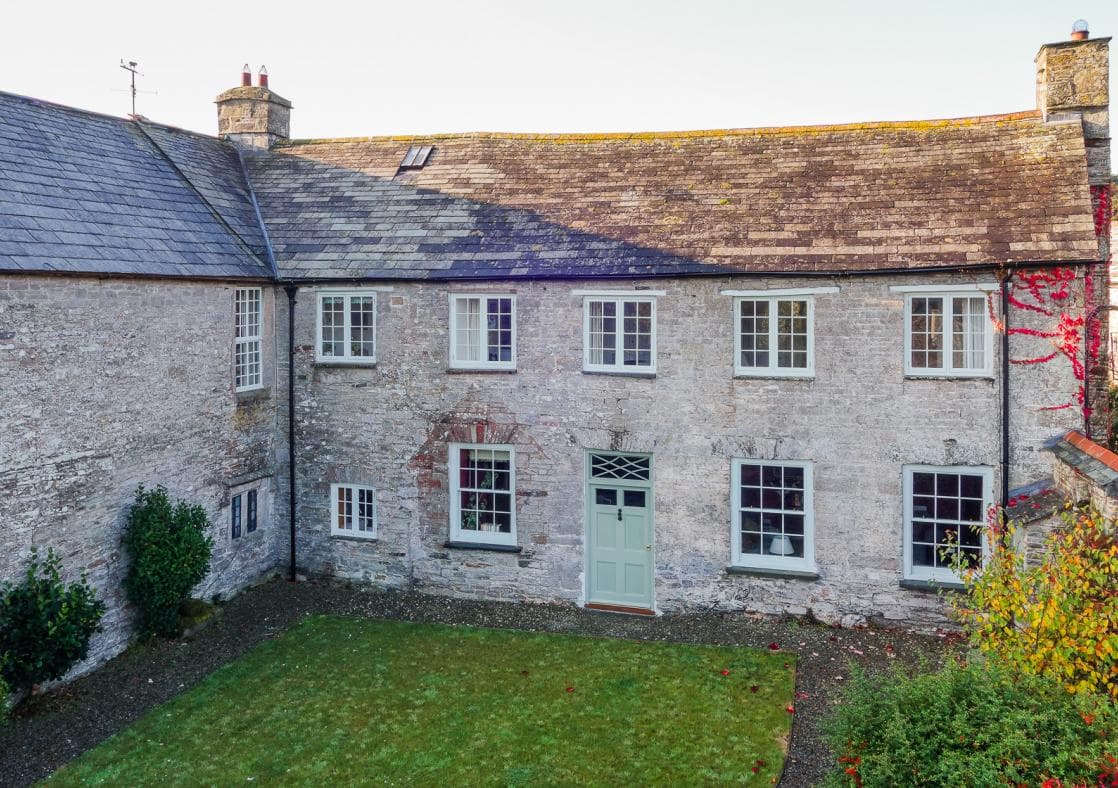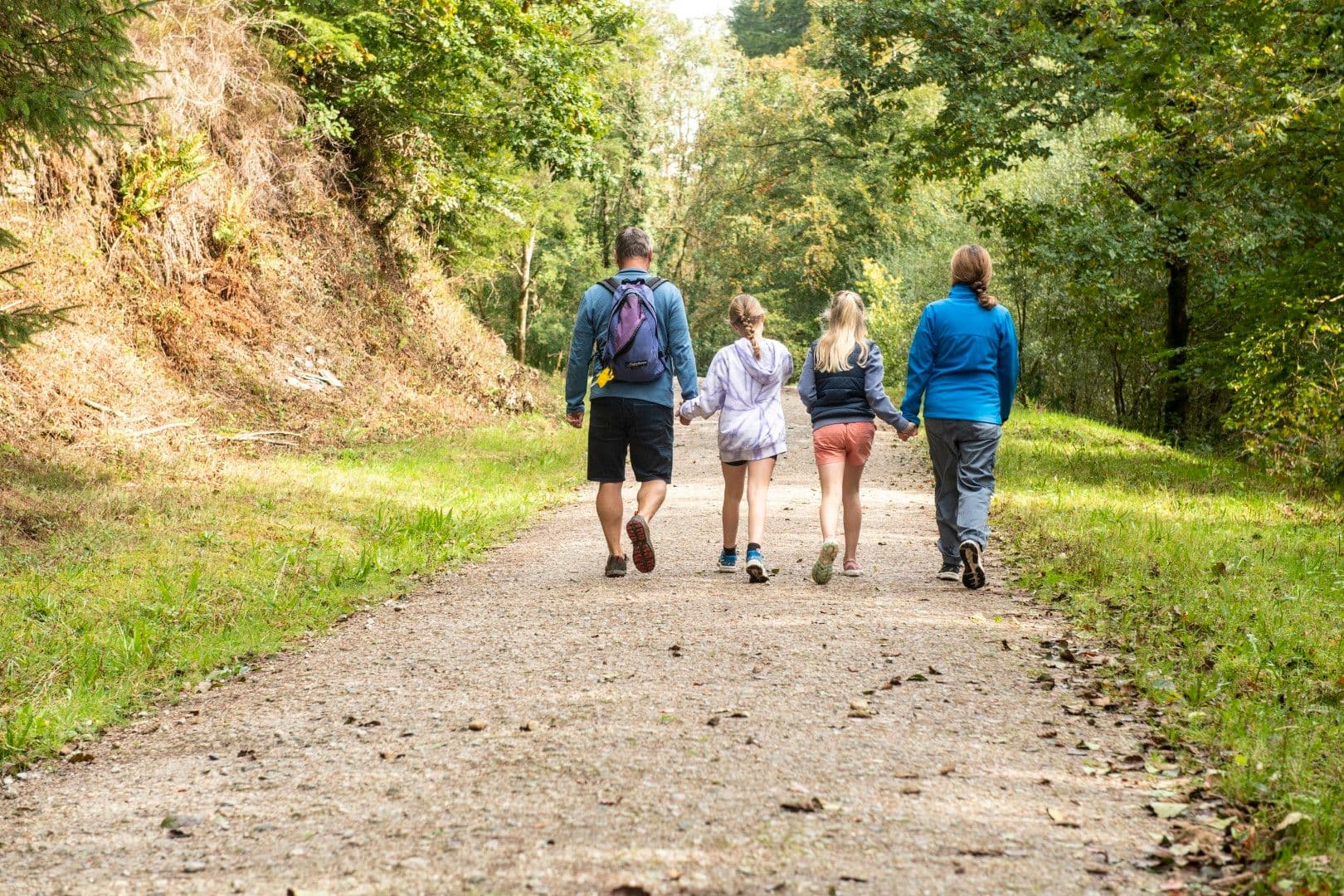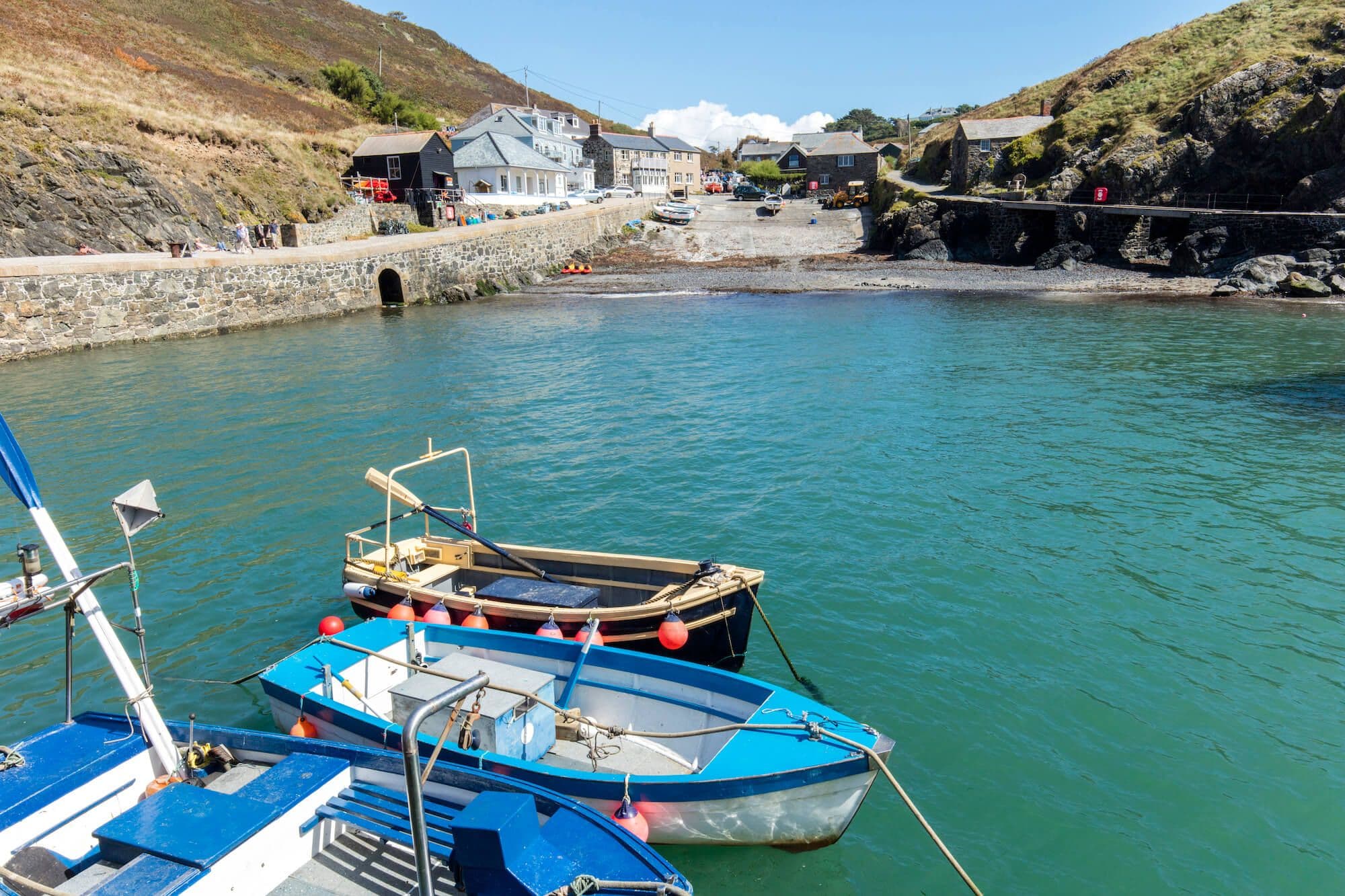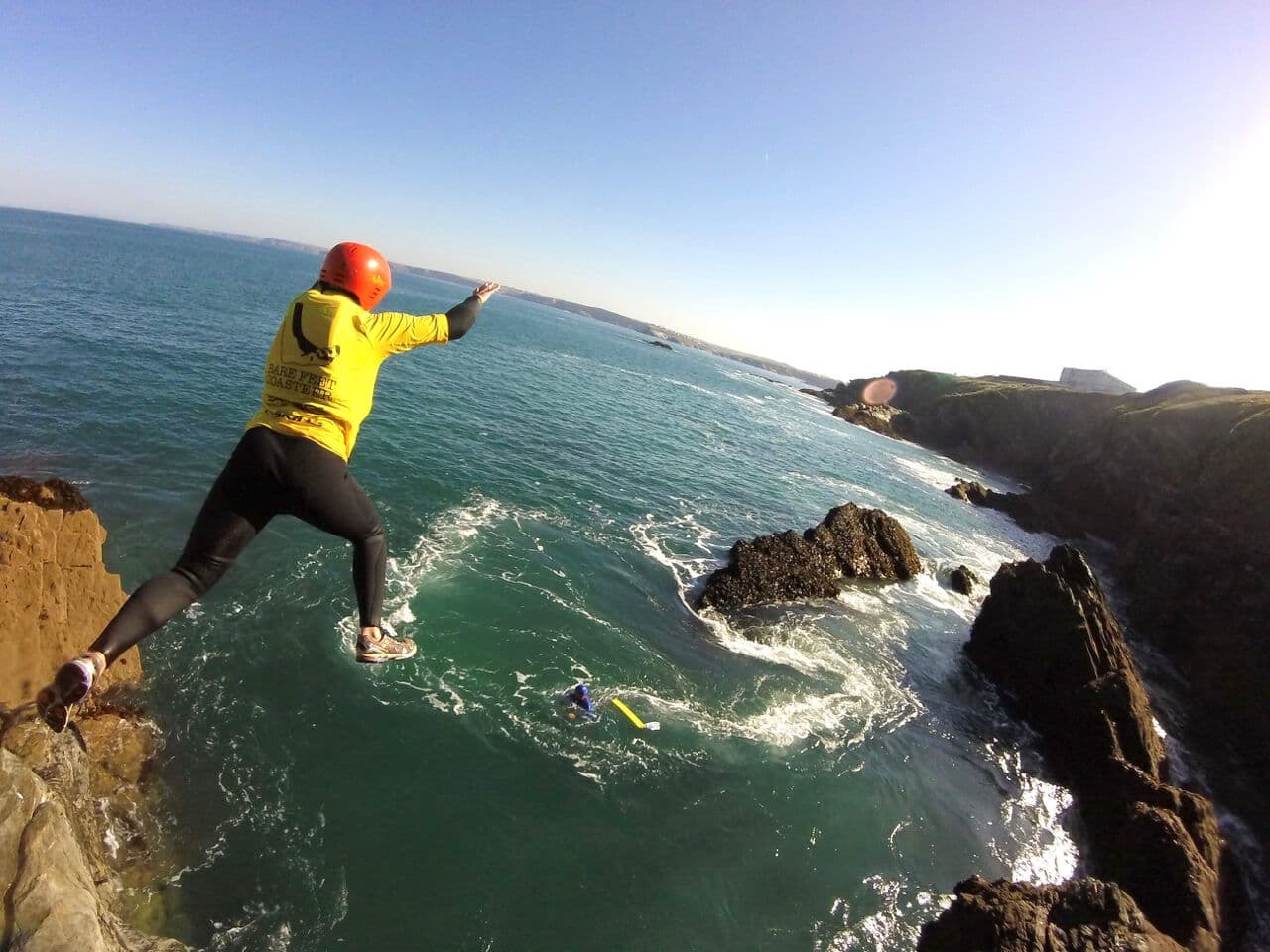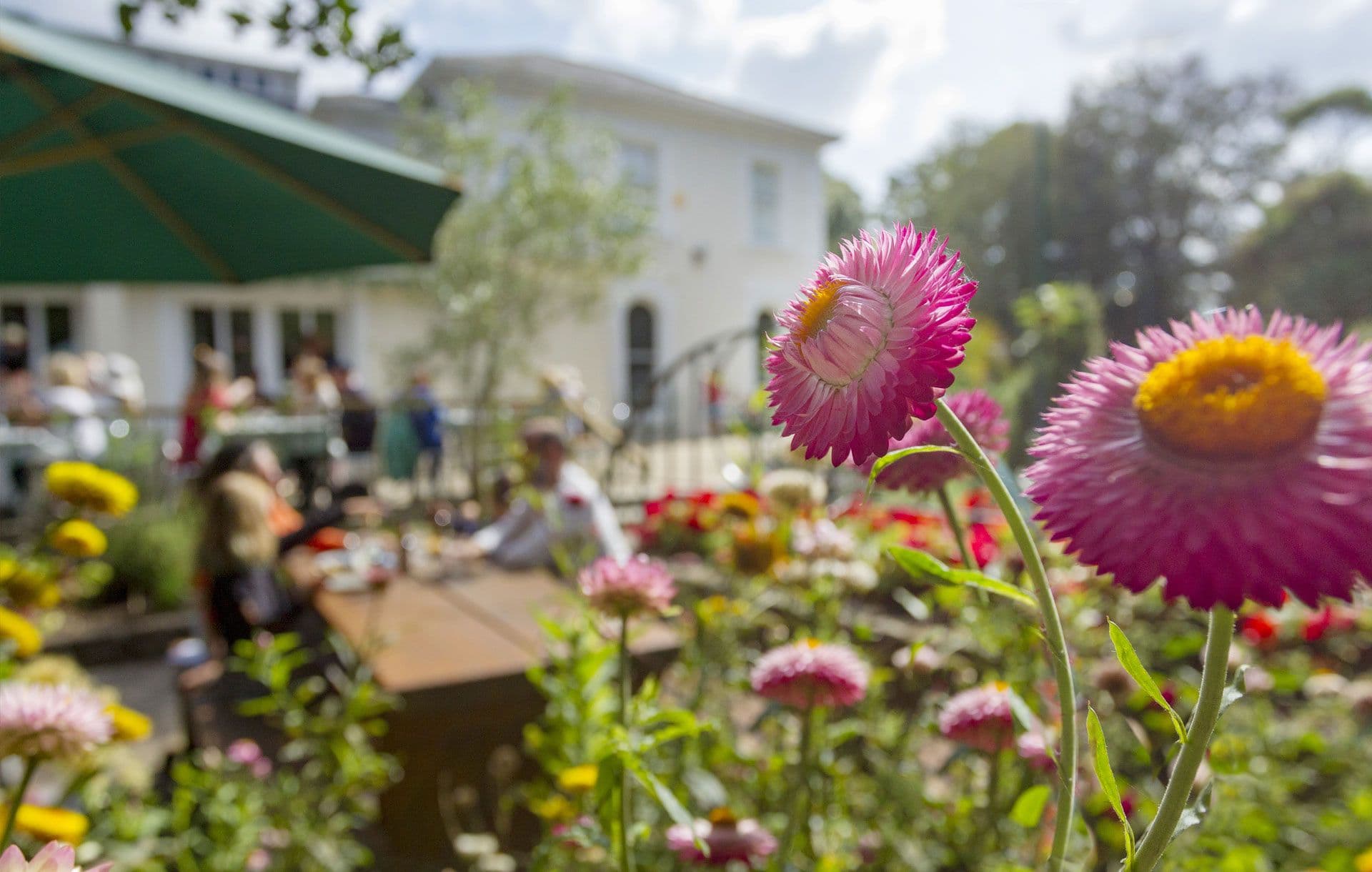Bodmin Moor
Cornwall's rugged heart
Away from the coastal delights of Cornwall sits another area of stunning beauty. Compact in size, though overflowing with things to see and do, Bodmin Moor is the rugged heart of Cornwall. More often than not, visitors pass across its wild centre and barely notice it, hurrying to Newquay, St Ives and other family favourites. They don’t know what they’re missing.
The Cheesewring
Many of Bodmin Moors hills are known as tors, Kilmar Tor, Sharp Tor, Alex Tor, Roughtor, Bearah Tor etc.. A tor is a hill crowned by rocks, such as the precariously stacked formation seen above. This is the Cheesewring, which ironically is on top of Stowes Hill, not a tor!
The Cheesewring is a geological masterpiece, created over millions of years by erosion. All the stones are separate but have sat there since the beginning of time, balanced just right and without movement. Though this is the best known, and most spectacular, you will find similar formations dotted across the moor on other tors.
The tors are made from granite, a hard rock that was formed 280 million years ago and provides the backbone of Cornwall, running all the way down to Land’s End and out to the Isles of Scilly. Over the years it’s been quarried and shipped out as far afield as Calcutta and South America to be used as building stone. Tower Bridge in London was built using granite from the quarry below the Cheesewring.
Like Stowes Hill, Brown Willy, the highest point on the moor, and in Cornwall, is not called a tor. This is despite its summit being a rocky mass. Brown Willy is 420 meters high and its rather saucy name means 'Hill of the swallow' in Cornish.
Walking the moor
People travel from all over the world to visit Cornwall. For many of them the draw is its wonderful coastline with high cliffs and sandy beaches. Many of them will walk the South West Coast Path, but few will spend much time inland.
Much of Bodmin Moor is open access land, meaning you have a right to activities like walking, climbing and running. However, please remember that Bodmin Moor is not a National Park like Dartmoor, the majority of the land is privately owned. You may not ride horses, cycle or take motor vehicles on the open moor without permission of the landowner.
But you are spoilt for choice when it comes to walking. The moor is crossed by the Smugglers Way, running from Boscastle to Looe taking in the two highest hills, Brown Willy and Roughtor. Around the edge runs the 60 mile Copper Trail, linking former mining villages, and there are countless public footpaths to explore if you have a map at hand.
But be aware that the moor can be a wild place and the weather can change quickly on the higher expanses. Always check the forecast, wear suitable clothing and footwear and if possible carry a map. The best parts of the moor are not on footpaths, but with a little bit of planning, anybody should be able to discover Cornwall’s rugged heartland.
Myths and Legends
As you might expect from a wild landscape often covered in low cloud, Bodmin Moor is rich in folklore. From magical swords to people turned to stone for enjoying themselves, every inch of the moor has a story.
Dozmary Pool, often claimed to be bottomless, used as a punishment for the evil steward of Lanhydrock, who was tasked with emptying it with seashell, is also supposed to be where King Arthur handed his sword Excalibur to the Lady of the Lake* The small lonely lake can be found just south of the A30 at Bolventor and is a delightful place to visit on a summers day, but not always so in the midst of winter!
King Arthur can also be found at the ‘hall’ named after him near St Breward. One of the mysteries of the moor, this square enclosure has puzzled historians for many years, who knows, it might date from the time of Arthur? The chances are it’s far older, possibly dating back to the Bronze Age when many of the stone circles and standing stones we find on the moor were erected. The Hurlers Stone circles at Minions, on the southern edge of the moor are said to be the remains of villagers who danced on the sabbath and were turned to stone for their sins. Nearby are two other standing stones, said to be the pipers who were playing the music for them.
And if there isn’t an ancient legend, modern writers will make one up. Daphne Du Maurier’s novel based at Jamaica Inn is just that. There is no evidence that the inn, long a favourite of travelers across the moor, was ever a haunt of smugglers, and yet it’s a story that continues to bring people to the often bleak landscape of Bodmin Moor every year.
*It isn’t, it’s all a late 19th century bit of fiction.
Many visitors to Cornwall stop off at Jamaica Inn or visit the prehistoric antiquities, mining remains or geological formations around the village of Minions. Few will ever experience the majestic loneliness of standing on High Moor watching the sun go down behind Brown Willy or Roughtor.
A Starring Role
Some may recognise Bodmin Moor from its starring role in the TV programme Poldark, where the moor at Minions featured as the iconic crossroads where Ross first dismounts the carriage on his homecoming from the war in America. The cast and crew found themselves on Bodmin Moor for a large part of their time in Cornwall, the exterior shots of Ross Poldark’s cottage, Nampara, were also filmed on the western side of the moor along with lots of shots of the cast on horseback.
More recently the films The Kid who would be King and Miss Peregrins School for Peculiar Children was shot just north of Minions.
Jamaica Inn has been dramatised several times for the screen, but none of them were filmed on Bodmin Moor. Occasionally Doc Martin has been known to attend a call out on the moor.
Where to stay
Why not stay a little longer and explore everything this captivating region has to offer? Discover quaint guest houses and charming cottages, unique campsites and countryside hotels.
Things to do
Plan your next adventure and find things to do in this region. Connect with the outdoors, learn more about Cornwall's history, or take a tour to see the highlights of the area.
FAQs
View allYes, but please keep them on leads during nesting season and also when sheep are lambing. This stretches from March 1st until July 31st.
Help our farmers and our wildlife.
Yes, it is on the southern side about five miles north of the town of Liskeard. The village is surrounded by open moorland, much of it owned by the Duchy of Cornwall
Nobody really knows for sure.. there have been many sightings over the years, but nothing has ever been proved. People claim the beast is a large cat, released into the wilds many years ago, but although there have been some grainy images produced, all attempts to capture it have failed.
We would like to assure people that it is safe to walk on the moor!
Yes, of course it is! We like to think it is better than Dartmoor, in that it's not so big, easier to navigate over and full of interesting things to see. There's so much history, from prehistoric standing stones to World War Two airfields. And on its south side it is part of Cornwall's World Heritage mining areas.
It's also very close to both the northa nd south coast of Cornwall if you fancy a change of view.
No, the town is just to the southwest of the moor, but close enough to be somewhere to stay if you want to explore the moor.
Stay connected
Find us on socials and stay connected with the Cornwall you love.
We use cookies to personalise content and ads and to analyse our traffic. You consent to our cookies if you continue to use our website. (Privacy Policy)
